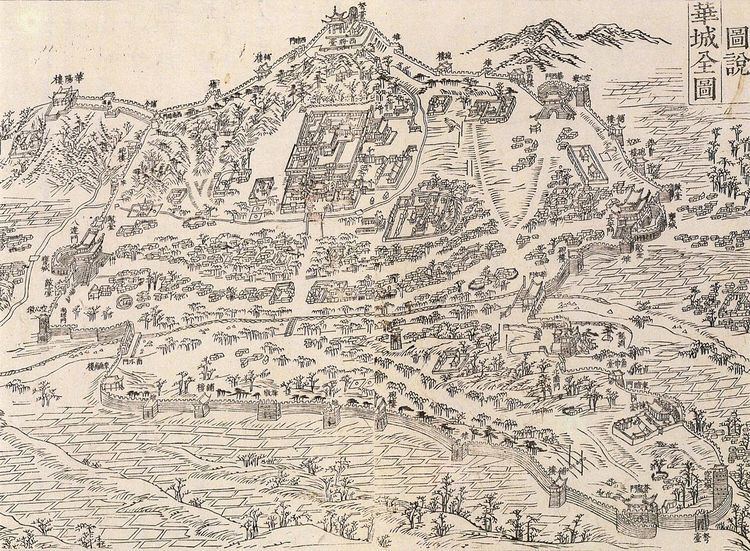Genre Period dramaDrama Written by Kim Won-seok | Based on Journeyby Oh Se-yeong Directed by Park Jong-won | |
 | ||
Also known as Eight Days Mystery of Jeongjo Assassination Starring Kim Sang-joongPark Jung-chulJung Ae-riLee Seon-hoHee Won | ||
Eight Days, Assassination Attempts against King Jeongjo (Hangul: 정조암살미스터리 8일) is a South Korean television miniseries starring Kim Sang-joong, Park Jung-chul, Jung Ae-ri, Lee Seon-ho, and Hee Won. The series ran for 10 episodes, and was aired by CGV from November 17, 2007 to December 16, 2007. This show is placed in the context of the Eight Days procession organized in 1795 by King Jeongjo of Joseon to visit the tomb of his father at Hwaseong Fortress. This historic event was a huge one, involving 5,661 people and 1,417 horses.
Contents
Synopsis
The screenplay is based on the novel Journey (Hangul: 원행; RR: won haeng; lit. "a round trip") written in 2006 by Oh Se-yeong. The background of the action is the 1795 procession organized by King Jeongjo of Joseon for the 60th birthday of his mother, Lady Hyegyeong that also commemorated the 60th birthday of his deceased father, the Crown Prince Sado. During the eight days period when the Court left the palace for the ceremony, the show introduces several assassination attempts against the King. A first one comes from the Moon In-bang's group (a millenarist sect). But this plot is used by the Noron Faction to pursue its own agenda, attempting an armed suppression against the Sipa Faction and the King as well.
Apart from the fictional elements, a major focus is placed on two historical sources. The Memoirs of Lady Hyegyeong is extensively used during many flashback sequences relative to events that occurred before the death (1762) of Crown Prince Sado, while the official documents from the Joseon Royal Library are used for the current events: the "Wonhaeng Eulmyo Jeongni Uigwe" (Eulmyo=1795) for the Procession itself, and the "Hwaseong Seongyeokuigwe" concerning the Hwaseong Fortress as a whole.
This series is often referred as Eight Days, Mystery of Jeong Jo Assassination, a misleading translation since King Jeongjo won the 1795 confrontation and only died in 1800.
Cast and characters
As described in the credits of the last episode, the drama involves the following characters:
Documents about the real-life 1795 procession
The main document of the 1795 procession is an eight-panel screen, the Hwaseonghaenghaengdo Byeongpun. Nowadays, three copies of this screen exists: a sepia one, a blue one and a colored one, the King's copy. This last copy can be seen at Samsung Museum of Art Leeum and has been designated as Korean National Treasure 1430 in 2005-04-15.
Map of the Hwaseong Fortress in the 1800 Uigwe.
